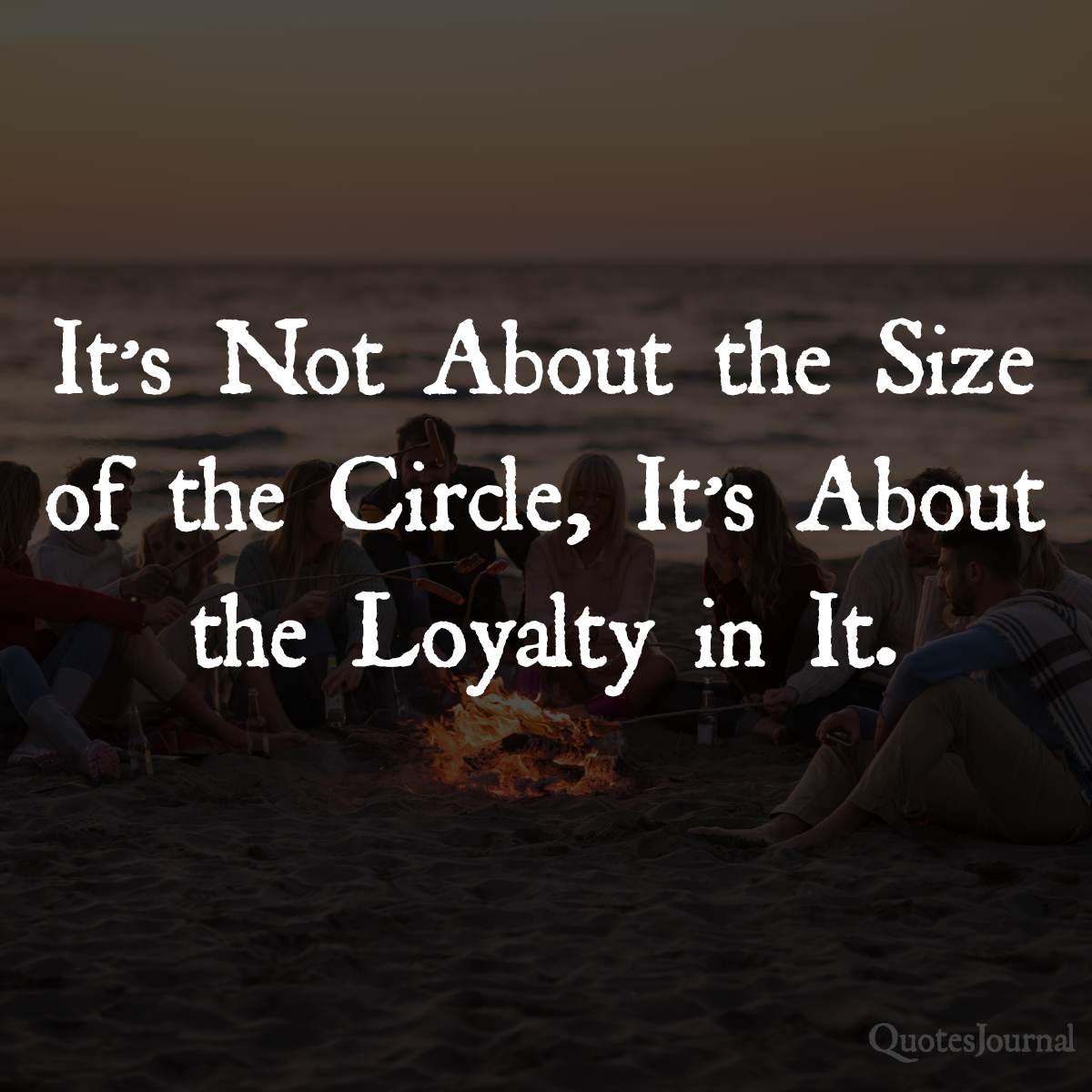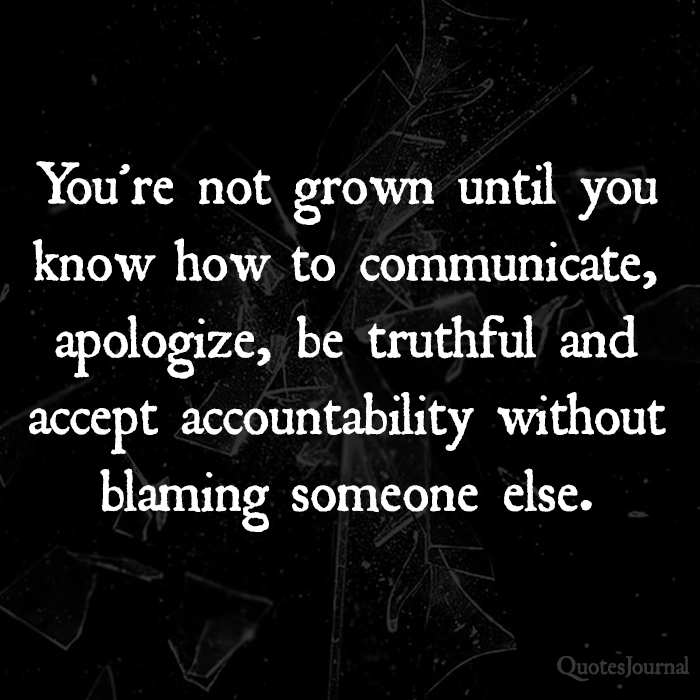When You Can Tell Your Story
When You Can Tell Your Story, And It Doesn’t Make You Cry, you know you have healed. – David Wolfe
The statement “When you can tell your story, and it doesn’t make you cry, you know you have healed” encapsulates the profound journey of emotional recovery and resilience. It suggests that the ability to recount past painful experiences without an overwhelming emotional response indicates a significant level of healing and personal growth.
Initially, the phrase acknowledges the idea that everyone has a story, a narrative of their life that includes both joyous and painful moments. The implication is that these painful moments often elicit strong emotions, particularly sadness or grief. When one can revisit these painful chapters without being overcome by tears, it signifies that they have progressed in their emotional healing process.
Moreover, this statement emphasizes the transformative power of time and self-reflection. Healing is a gradual process, and with time, wounds can mend. As individuals process their emotions and experiences, they gain insights, resilience, and coping mechanisms. These tools enable them to confront their past without being overwhelmed by the associated pain.
Additionally, this phrase underscores the importance of self-awareness and self-acceptance. Healing isn’t about forgetting or denying one’s past; it’s about coming to terms with it. When you can tell your story without tears, it indicates that you have found a way to reconcile with your past and integrate those experiences into your identity without letting them define or control you.
Ultimately, this statement serves as a reminder that healing is possible and achievable. It encourages individuals to confront their pain, work through it, and eventually reach a point where they can share their stories with others, not as victims but as survivors. It’s a testament to the resilience of the human spirit and the capacity for growth and transformation, highlighting that healing is not only about moving forward but also about reclaiming one’s narrative and finding strength in vulnerability.




